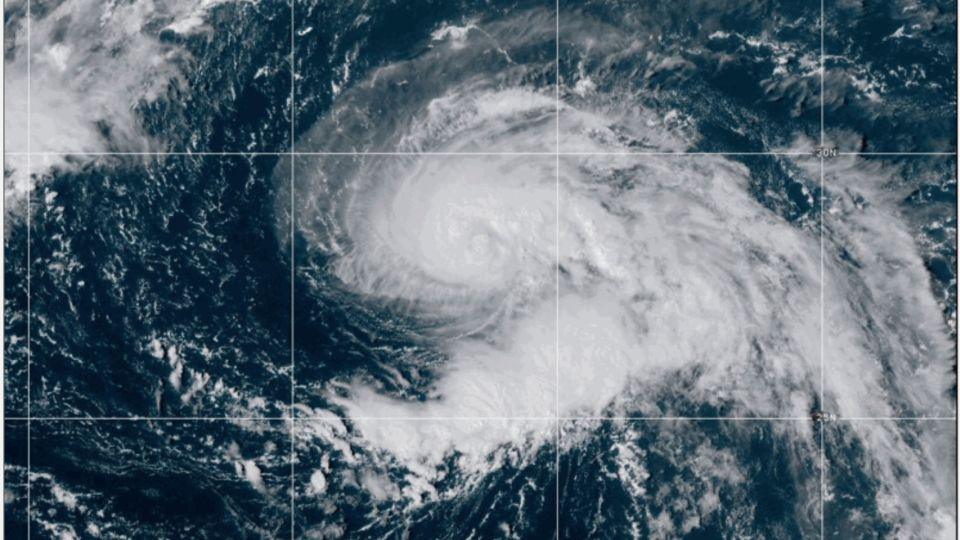Hurricane Gabrielle: Current Situation and Future Outlook

Introduction
Hurricane Gabrielle, a formidable storm that has captured global attention, has made landfall along the eastern seaboard, prompting widespread evacuations and concerns regarding its impact on coastal communities. Understanding the significance of this weather event is crucial for residents in affected areas and those interested in climate phenomena.
Current Status of Hurricane Gabrielle
As of the latest reports from the National Hurricane Center, Hurricane Gabrielle was upgraded to a Category 3 hurricane, with sustained winds exceeding 120 miles per hour. The storm made landfall near Cape Hatteras, North Carolina, on September 15, 2023, causing extensive damage and prompting state emergency declarations. Residents were urged to evacuate as flood warnings and high winds threatened homes and infrastructure.
Impact on Communities
In the days following its landfall, Gabrielle has led to torrential rains and storm surges that have inundated coastal towns, leading to significant flooding in areas such as Rodanthe and Nags Head. Local authorities have reported numerous power outages affecting thousands of residents, and emergency services have been mobilised to assist those trapped by rising waters. Emergency shelters have been established to provide refuge for evacuees.
Environmental Concerns
The storm’s impact is not just limited to property damage but also raises concerns for the local ecosystem. Biologists warn that the flooding and runoff from the storm could disrupt habitats and lead to water contamination in the region. Additionally, the effects of climate change continue to raise concerns over the increasing intensity and frequency of such hurricanes.
Looking Ahead
As Hurricane Gabrielle continues to move northwards, predictions indicate that its remnants could reach southern New England and parts of the Canadian Maritime provinces. Residents in these areas are advised to monitor weather updates closely. Authorities anticipate rainfall and gusty winds but monitor the evolution of the storm’s trajectory closely.
Conclusion
The impact of Hurricane Gabrielle highlights the vulnerability of coastal regions and underscores the importance of preparedness in the face of natural disasters. As recovery efforts ramp up in affected regions, it is vital for communities to come together, share resources, and support one another during this challenging time. Looking forward, meteorologists emphasise the need for ongoing research into hurricane behaviour as climate conditions evolve, in hopes of improving future response strategies for such severe weather events.
